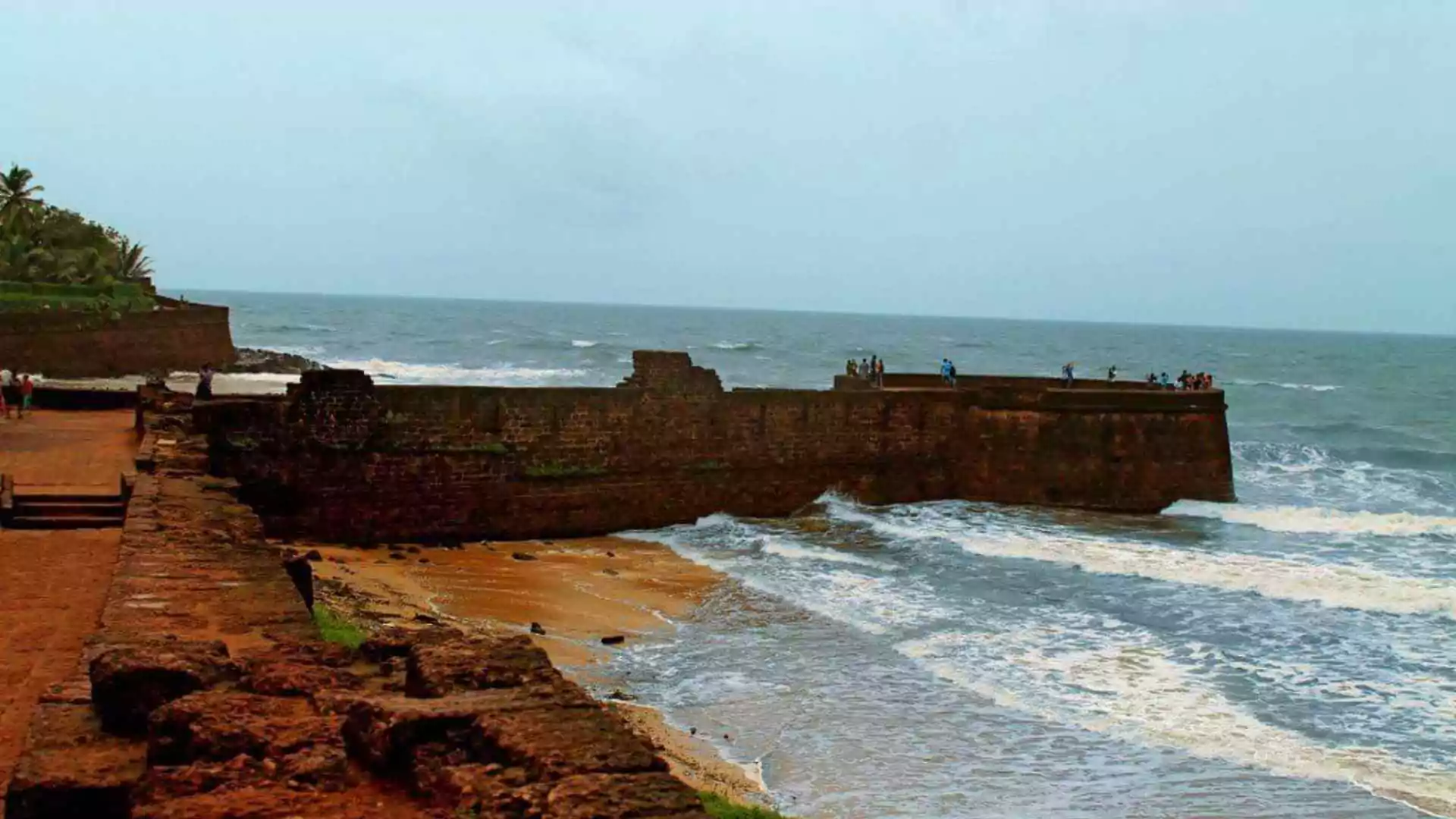Residents of Delhi, who are still recuperating after Friday’s record-breaking rainstorm, need to prepare for more rain. For the nation’s capital, the meteorological service has issued an orange alert due to the expected severe rains today and tomorrow.
An orange notice advises people to be ready for heavy rain, according the color-coded warning system used by the India Meteorological Department.
Eleven people lost their life and several low-lying regions experienced waterlogging during the first two days of the monsoon in Delhi. When the Monsoon arrived on Friday, the city had 228.1 mm of rain, the most for a single June day since 1936.
Images of flooded underpasses holding cars and people wading through water to retrieve necessities have been playing on televisions since Friday morning. As the day wore on, reports of fatalities began to arrive. Commuters trapped in flooded underpasses and multiple toddlers who drowned in ditches are among the dead.
Three more people died at Vasant Vihar in an event involving a wall collapse. A section of the canopy at Delhi airport’s Terminal 1 fell in the intense rain, crushing multiple cars. In the incident, a taxi driver who was waiting for customers passed away.
Numerous locations had traffic disruptions due to waterlogging, including the Pragati Maidan tunnel, which remained closed yesterday as well.
According to municipal officials, more staff is available to address concerns of waterlogging. Vice-chairman of the New Delhi Municipal Council (NDMC), Satish Upadhyay, informed news agency PTI that four more pumps are available for use at Golf Links and Bharti Nagar, which experienced flooding on Friday.
“Three super suction machines mounted on vehicles will keep patrolling the vulnerable areas. We have also deployed additional staff and cancelled off-days of all staff,” he said. “CCTV cameras are being used to monitor vulnerable areas,” another official said.
The Delhi Municipal Corporation’s central control room is staffed around-the-clock, according to officials. “A total of 465 mobile and submersible pumps with varying capacities were set up to remove waterlogging, in addition to 72 permanent pumping stations that were operational and meeting requirements. For a speedy water release, enough labor was used in conjunction with machinery, an official informed PTI.






















